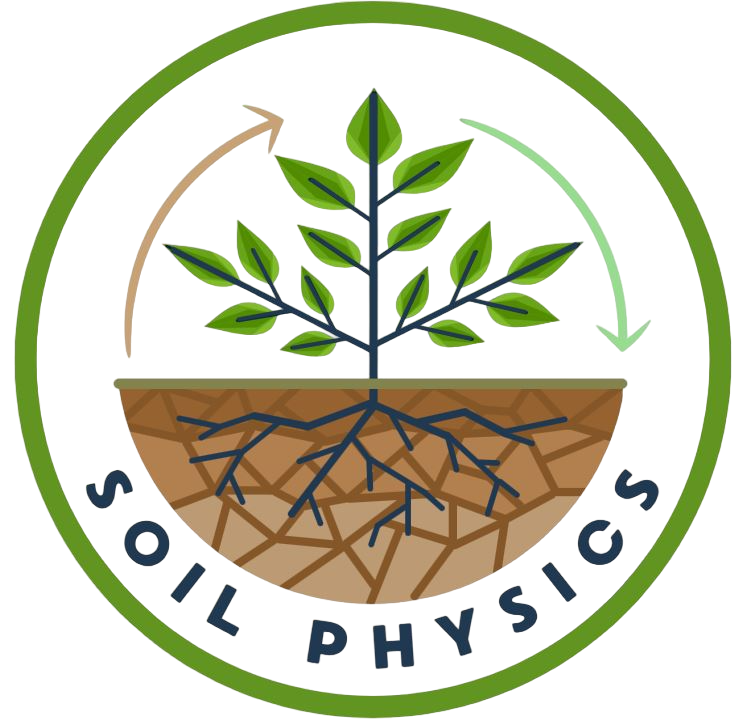| Abdalla, M; Carminati, A; Cai, G; Javaux, M; Ahmed, MA: Stomatal closure of tomato under drought is driven by an increase in soil-root hydraulic resistance, Plant Cell and Environment (2021) | |
| Abstract: The fundamental question as to what triggers stomatal closure during soil drying remains contentious. Thus, we urgently need to improve our understanding of stomatal response to water deficits in soil and atmosphere. Here, we investigated the role of soil-plant hydraulic conductance (Ksp) on transpiration (E) and stomata regulation. We used a root pressure chamber to measure the relation between E, leaf xylem water potential (ψleaf-x) and soil water potential (ψsoil) in tomato. Additional measurements of ψleaf-x were performed with unpressurized plants. A soil-plant hydraulic model was used to simulate E(ψleaf-x) for decreasing ψsoil. We hypothesized that the onset of the nonlinearity of E(ψleaf-x) at a given ψsoil, which corresponds to the point at which Ksp starts to decrease, sets the hydraulic constraints on E and that stomatal regulation maintains the plant in the linear part of E(ψleaf-x). In wet soils, E(ψleaf-x) had a constant slope while in dry soils the slope decreased, with ψleaf-x rapidly and nonlinearly decreasing for moderate increases in E. The ψleaf-x measured in pressurized and unpressurized plants matched well, which indicates that the shoot hydraulic conductance did not decrease during soil drying and that the decrease in Ksp is caused by a decrease in soil-root conductance. The model reproduced well the experimental observation. The decrease of E matched well the onset of hydraulic nonlinearity. Our findings demonstrate that stomatal closure prevents the drop in ψleaf-x caused by a decrease in Ksp and elucidate a strong correlation between stomatal regulation and belowground hydraulic limitation. |

